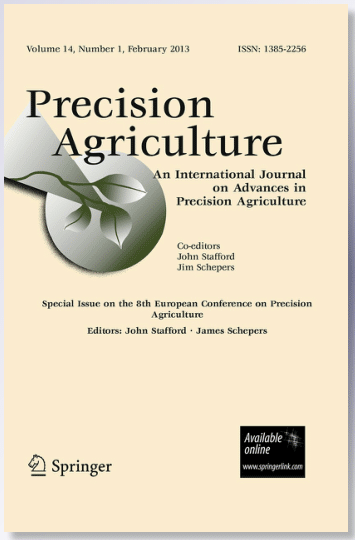A generalised approach to downscale areal observations of crop production data is illustrated using cotton yield and fibre quality (length and micronaire) data which is measured as a module (areal/block) average.
Two features of the downscaling algorithm are; (i) to estimate spatial trends in yield and quality using regression with fine resolution predictors such as remote sensing imagery, and (ii) use area-to-point kriging (A2PK) to downscale either the observations in the absence of a useful spatial trend model or the residuals from the trend model (if useful) from areal averages.
Correlations with remote sensing covariates were stronger for cotton fibre yield than for cotton fibre micronaire, and much stronger compared to those for cotton fibre length. Spatial trends in cotton fibre yield and micronaire could be estimated with good model quality using regression with remote sensing covariates with or without A2PK in almost all fields. Conversely, model quality was poorer for cotton fibre length and there was only a small difference in model performance between the null and trend models. When the downscaling approach was tested using fine-resolution yield observations, model performance was poorer at a fine-resolution compared to the module-resolution, which was to be expected.
This approach enables the creation of high-resolution raster maps of variables of interest with a much finer spatial resolution compared to the areal observations, and can be applied for any areal averaged crop production data in a range of broadacre and horticultural industries (e.g. sugarcane, apples, citrus). The finer spatial resolution may allow growers or agronomists to better understand the drivers of variability within fields, assess management implications, and create management plans at a higher resolution.



